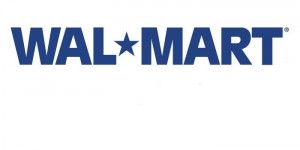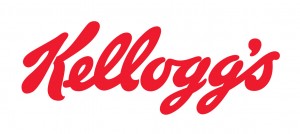McAfee Advertising, Way Asleep.
So is the brand pronounced Mac-a-fee or Mih-Caffee. (Hoe-gaarden or Who-Garden?) One of a brand’s first challenges is to make sure the name is pronounced correctly. McAfee is a killer PC protection software product, which, if I’m not mistaken. is #1 or 2 in the marketplace. It was purchased earlier this year by Intel. I’m a 3-license custy and couldn’t be happier.
But, as an ad rat (a gym rat for ads) I can’t help but see that McAfee needs a marketing boost. There is an ad in the newspaper today showing the McAfee logo as a superman emblem on a man’s chest. The pithy headline reads SAFE NEVER SLEEPS. A line they give a TM. Not sure if it qualifies as copy but in small text beneath the line reads (I’ll save you the caps) “Smarter security. Every device, every network, everywhere.”
Classic “we’re here” advertising. Is it any wonder digital advertising is cutting into traditional ad budgets? This is some lazy stuff. I’m not sure I can even type anymore I’m so disappointed. There is no claim here. And no proof. Only colors, type and photography. Why does the McAfee marketing dept. bother to get out of bed in the morning? Are you kidding me? What’s the idea?







